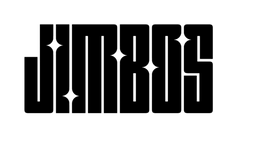Clay Mitt vs Clay Bar – Which Is Safer for Your Paint?
Trying to avoid swirl marks or scratches? Here's a breakdown of which claying tool is actually safer—and how to use either the right way.
One of the biggest fears people have when claying a car is scratching the paint. And it’s a valid concern—if you use the wrong technique, either a clay bar or a clay mitt can cause marring.
But which tool is actually safer to use? The answer depends more on your process than the product itself.
Clay Bar – More Aggressive, More Control
- Traditional clay bars come in different grades (fine, medium, heavy)
- They’re great for spot contamination and focused work
- If dropped, they’re done—don’t re-use
Used dry or with poor lubrication, clay bars can leave visible marring and streaks—especially on soft black paint.
Clay Mitt – Softer and More Forgiving
- Reusable and easier to handle
- Often bonded with softer synthetic materials
- Can glide more evenly when paired with proper lubrication
When used with something like The Super Soaper, clay mitts are typically safer for beginners and pros alike.
The Real Safety Factor: Lube & Pressure
It’s not the clay tool that scratches paint—it’s improper technique:
- Claying a dry or dirty surface
- Using too much pressure
- Not rinsing or pre-foaming first
That’s why I always recommend foaming the car first with The Super Soaper and gently gliding the mitt or bar over lubricated panels.
Want the Safest Claying Setup?
- The Super Soaper – pH balanced foam for safe lubrication
- Orange Wash Microfiber – Soft contact towel for rinsing or pre-wash
- Clay mitt or bar – depending on your comfort and paint condition
Minimize Marring. Maximize Safety.
The safest claying setup is about lubrication and technique—not just tools. Start with The Super Soaper for a worry-free process.



